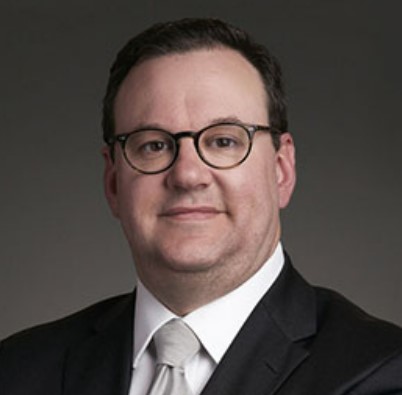By Michael Menapace, Triple-I Non-Resident Scholar

Brokers and companies routinely work to assemble multiple insurance policies to build towers of general liability (GL) coverage. They now have a new option that eliminates much of the friction that can occur in underwriting and claims.
For example, when a mass-casualty event occurs, insurers at the primary and lower excess layers may be incentivized to seek an early exit from the claim with as little claim expense as possible; as a result, they may overpay to resolve one claim while providing minimal support to the policyholder defending the other claims. Tension between layers also can arise when upper-layer carriers seek to place as much responsibility as possible on the lower-level carriers who are seeking to minimize their role.
On the coverage side, policyholders can find that their traditional layers of excess coverage may be subject to differing terms, such as whether they provide for a defense. Even when the excess tower contains follow-form policies, inconsistencies can occur when carriers take different positions on coverage, claim value, litigation/settlement strategy, and so forth.
As a result of all of this is, gaps can open in the multilayer tower. For example, a recent claim that was the subject of a lawsuit arising from a large casualty loss in Florida involved one excess insurer seeking to enforce an anti-stacking provision that limited coverage for an event to one payment from the insurers equal to the highest policy limit among the tower participants. In another claim, the higher-layer insurers argued that their layers were not triggered because the lower layer insurer had improperly exhausted.
In addition to these examples, we’ve seen situations in which various excess layers contain different dispute resolution procedures, are subject to varying states’ laws, or have requirements of being resolved in differing jurisdictions. Brokers and policyholders can find managing their excess tower time-consuming and challenging at a time when they could be focusing on the defense of the mass casualty event or other large loss.
Addressing these challenges
Chubb, Zurich, and National Indemnity (the reinsurance arm of Berkshire Hathaway) have formed a new facility that seeks to eliminate some of these challenges. It provides a single layer of commercial umbrella coverage up to $100 million, typically following a $10 million primary layer. Many of the terms will be familiar to brokers and policyholders: Coverage A for Bodily Injury and Property Damage, Coverage B for Personal and Advertising Injury, and an Optional Coverage C for Auto and Employers Liability.
A unique feature in the United States, the program has “single-desk” underwriting style so that brokers can work with one point of contact for the underwriting of the entire layer of excess coverage. Flexibility is also an advantage because the program is being written on a surplus lines basis, which means more discussions can be had on terms and conditions.
Traditionally, general liability coverage is written on an occurrence basis, which can keep the insurer on the risk for decades after the policy period expires. Insurers price that long-tail exposure into premiums. This new program can be more affordable because it is written on a claims-made basis, while including a multi-year extended reporting period to protect the policyholder. This can save the policyholder money when compared to traditional programs.
Just like underwriting, claims will be handled with single point of contact, with one of the carriers taking the lead. Once the claim is tendered and being defended, the fact that this group of leading insurers is on the risk means the collective experience of some of the industry’s biggest, most sophisticated carriers is at the disposal of the insured. If a coverage dispute does arise, the policy provides for resolution via a single arbitration that applies consistent procedures and the law of a single state – again, streamlining the process and resolution for the policyholder.
While some of the features are offered in the London market, this provides brokers and policyholders with a U.S.-based solution with added benefits and features.

